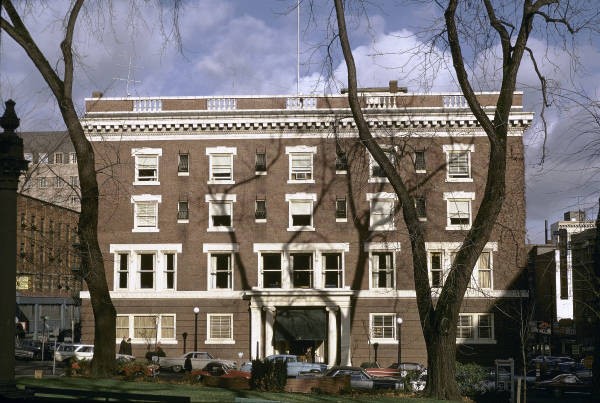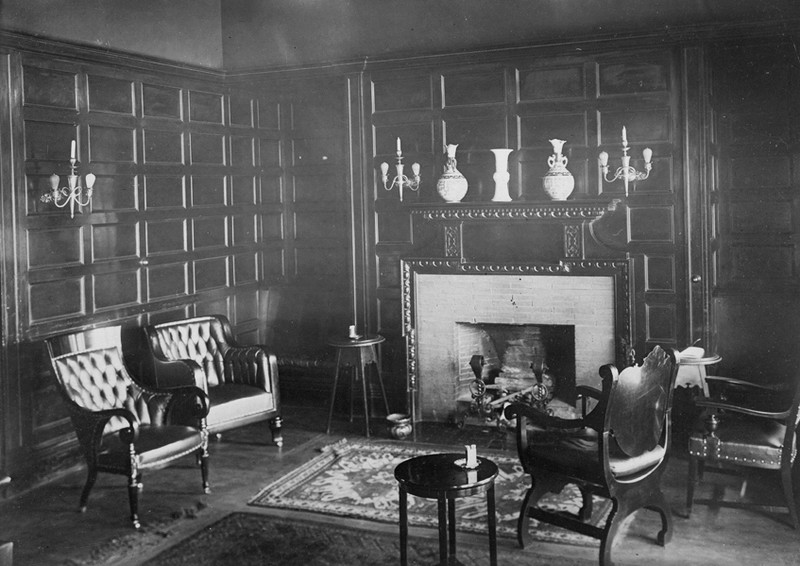The Arlington Clubhouse
Introduction
Text-to-speech Audio
Images
Arlington Club exterior view (http://visitahc.org/)

Interior of one of the rooms, at an unknown date (oregonencyclopedia.org)

Backstory and Context
Text-to-speech Audio
The Arlington Club was founded as an elite male society, inspired by the gentleman’s clubs in vogue during the late 19th Century in London’s West End. Portland was still a developing city, having only been established on the western bank of the Willamette River by settlers of the Oregon Trail in the early 1840s. By the 1859 – when Oregon was admitted into the Union – the city had grown to a population of about eight hundred, at which point various groups emerged differentiated by their wealth and social status. Up until the present day, the clubhouse has served as a center for social gatherings between bankers, lawyers, utility and business leaders, and railroad moguls.
The Arlington society was first conceived by thirty five local business and community leaders in December, 1867. They wished to create an all-male, socially segregated institution at which the elite of Portland could socialize, relax, and communicate with one another about the development of the city. Their first meeting house was located at the J.C. Ainsworth House on Third and Pine, but in 1888 the members decided to fund a permanent club building. This was located at West Park and Alder, and featured a four-lane bowling alley, coffee shop, billiard room, and library.
The list of founding members had around one hundred names, but by 1908 membership had grown to more than four hundred. Using membership fees (amounting to $200 per entrance, per night) the club funded the construction of a new, larger structure at which they could hold their meetings. The building was designed by Whidden & Lewis, an architectural firm managed by William Marcy Whidden and Ion Lewis, who are also well-known for having constructed the City Hall and the Multnomah County Courthouse. Construction finished in 1910, at a cost of $254,000, during the heyday of the Lewis and Clark Exposition period of development. The building itself is four stories tall, made of brick and terra cotta. It was constructed in a neo-classical style.
Membership was strictly reserved for the city’s elite males. Although they were permitted to bring female guests into the club each Wednesday evening in the month of May, women were not allowed become members or be admitted to the building at other times. However, as the city grew in size and demographic diversity the Arlington Club began to invite more social groups to attend its social gatherings. It was only in 1990 that members voted to allow women to join the society, the first of whom was admitted in March the following year. In 2010 the first female president of the society was elected, in the build up to the centenary celebration of the club’s founding.
Located at the center of Portland’s cultural district, the Arlington Club continues to act as a non-profit meeting place for the city’s most prosperous business leaders. The mission of the society remains unchanged; it is a place where one can “fraternize for mutual enjoyment and relaxation" and which provides a “meeting place for discussing their own and Portland's destiny". Members visiting the city can rent overnight accommodation at the clubhouse.
